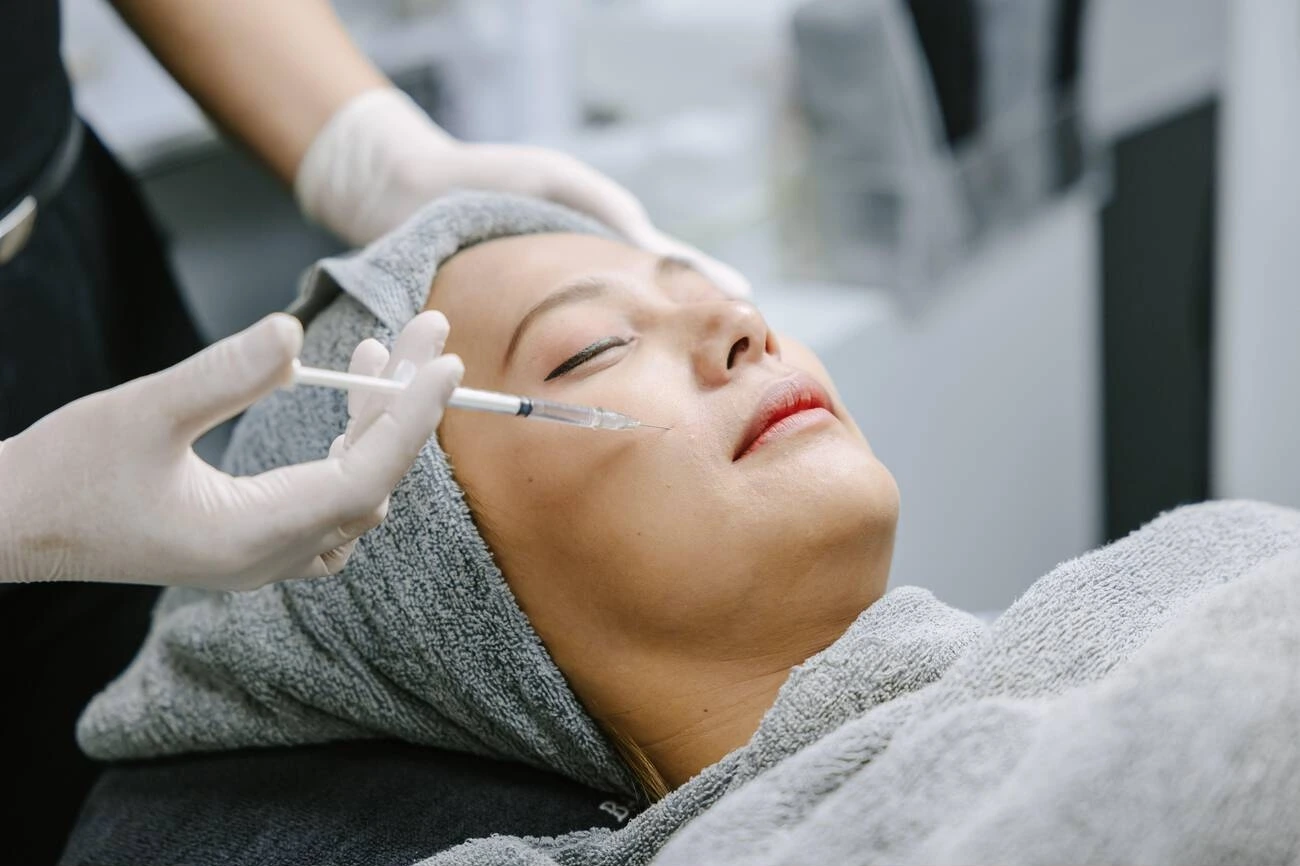Introduction
Acne is a common skin condition that affects millions of people worldwide. While the presence of acne can be distressing on its own, the aftermath in the form of acne scars can be equally frustrating. Acne scars, which can range from shallow depressions to deep pockmarks, often affect one’s self-esteem and confidence. There are several treatment options available to address these scars, and one of the latest advancements is PRP Microneedling. This article explores the potential of PRP Microneedling in improving acne scars, with a focus on the services offered by Christina Roach, the owner of R & R Aesthetics in Roswell, Georgia.
Understanding Acne Scarring
Acne scars develop when the skin’s natural healing process is disrupted due to inflammation, leading to the formation of fibrous tissue. These scars can be categorized into two main types: atrophic and hypertrophic. Atrophic scars are depressions in the skin, while hypertrophic scars are raised and can often be itchy and uncomfortable. The impact of acne scars on an individual’s appearance and self-confidence is significant, making treatment options highly sought after.
Traditional Acne Scar Treatments
Before delving into PRP Microneedling, it’s essential to understand the traditional treatments available for acne scars.
Chemical Peels: Chemical peels involve applying a solution to the skin’s surface to remove damaged layers. This method can improve the texture and appearance of the skin, but it may not address deep scars effectively.
Laser Resurfacing: Laser treatments use high-intensity light to remove or resurface the top layer of skin. This method can be effective for shallow scars but may require multiple sessions.
Dermal Fillers: Dermal fillers are used to plump up atrophic scars. While they provide immediate improvement, they are not a permanent solution and require maintenance.
Microdermabrasion: Microdermabrasion is a less invasive treatment that exfoliates the skin’s surface. It can help with superficial scars but may not be effective for deep scarring.
PRP Microneedling: A Promising Advancement
Platelet-Rich Plasma (PRP) Microneedling is an innovative and minimally invasive treatment that has gained popularity for its potential to improve acne scars. This procedure combines two effective techniques: microneedling and the use of PRP.
Microneedling: Microneedling, also known as collagen induction therapy, involves using a device with tiny needles to create controlled micro-injuries in the skin. This process stimulates the body’s natural healing response, encouraging the production of collagen and elastin, which are crucial for healthy, smooth skin.
Platelet-Rich Plasma (PRP): PRP is derived from the patient’s own blood and contains a high concentration of platelets, growth factors, and other healing elements. When applied to the skin, it accelerates the repair and regeneration of tissue.
PRP Microneedling: The Procedure
PRP Microneedling is a multi-step procedure:
Blood Collection: A small amount of the patient’s blood is drawn and placed in a centrifuge to separate the PRP.
Microneedling: After applying a numbing cream to the treatment area, a microneedling device is used to create controlled micro-injuries in the skin. This step stimulates collagen production.
PRP Application: The PRP is then applied topically or injected into the treatment area. This enhances the healing process and promotes tissue repair.
Can PRP Microneedling Improve Acne Scars?
PRP Microneedling offers several benefits for improving acne scars:
Collagen Stimulation: The microneedling component of the procedure promotes the production of collagen and elastin, which can help fill in atrophic scars and improve the skin’s texture.
Faster Healing: PRP accelerates the body’s natural healing process, helping the skin recover more rapidly after the microneedling procedure.
Minimally Invasive: Unlike more aggressive treatments, PRP Microneedling is minimally invasive and has a shorter recovery time.
Natural Ingredients: Since PRP is derived from the patient’s blood, there are no synthetic substances involved, reducing the risk of allergic reactions.
Long-Lasting Results: The combination of microneedling and PRP can lead to long-lasting improvements in acne scars.
Individual Results May Vary
It’s important to note that individual results can vary. The effectiveness of PRP Microneedling depends on the severity and type of acne scars, as well as the patient’s skin type and their ability to produce collagen. Patients may require multiple sessions for the best results, and it’s essential to have realistic expectations about the outcome.
R & R Aesthetics: Expertise in PRP Microneedling
Christina Roach, the owner of R & R Aesthetics in Roswell, Georgia, is a certified practitioner with extensive experience in PRP Microneedling for acne scar treatment. Her clinic offers a comfortable and safe environment for patients seeking this innovative procedure. With a commitment to delivering high-quality care, Christina and her team ensure that each patient receives a personalized treatment plan tailored to their unique needs.
Conclusion
PRP Microneedling is an exciting advancement in the field of aesthetic medicine that holds promise for improving acne scars. By combining microneedling and PRP, this treatment stimulates collagen production and accelerates the skin’s natural healing process. While individual results may vary, this approach offers a minimally invasive and natural solution for those looking to enhance their skin’s texture and reduce the appearance of acne scars.
If you’re considering PRP Microneedling for acne scar treatment in Roswell, Georgia, R & R Aesthetics, under the expert guidance of Christina Roach, provides a trusted and professional service. With their dedication to patient care and the latest aesthetic treatments, R & R Aesthetics is a reliable destination for individuals seeking to regain confidence in their skin’s appearance. Consult with their team to explore the possibilities of PRP Microneedling and embark on your journey toward scar-free, radiant skin.







